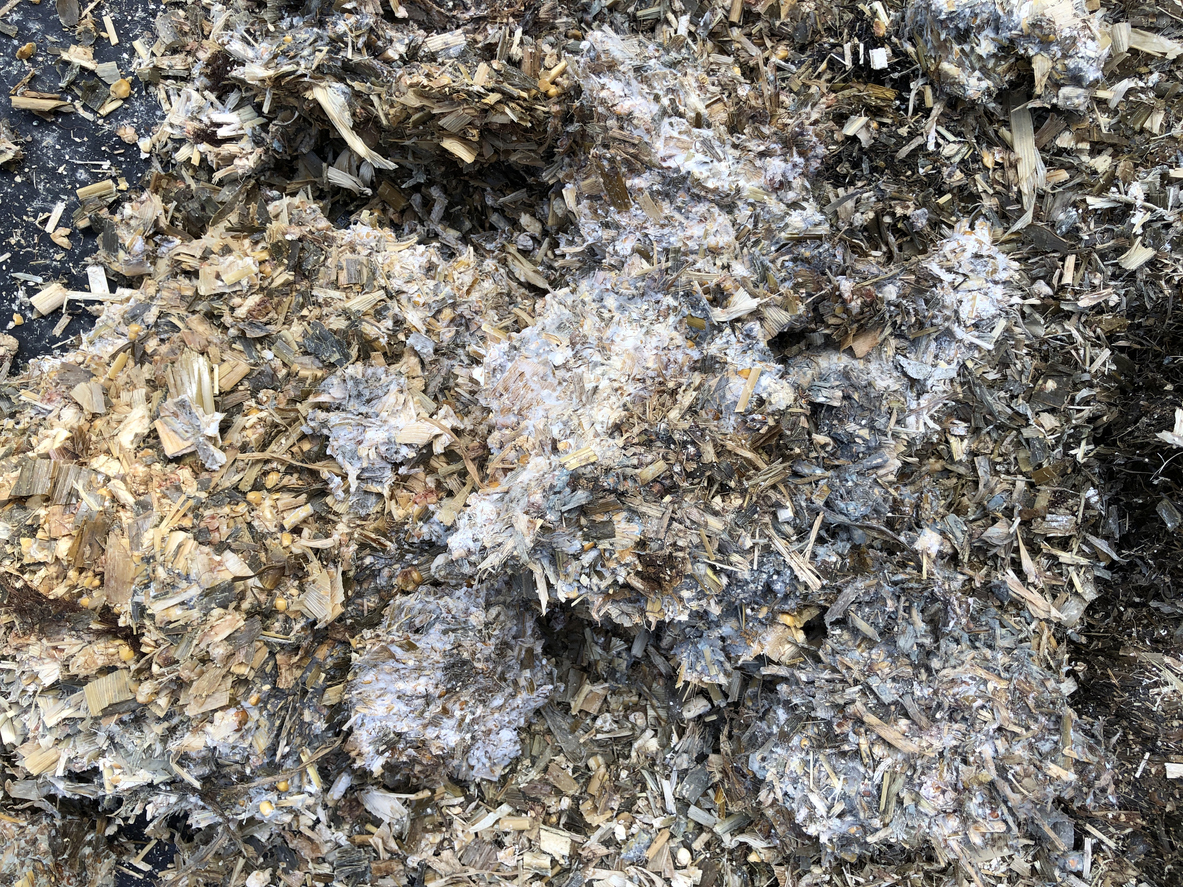Is Soil Health Real

Sceptics of soil health abound in agriculture. After World War II, farmers became reliant on inorganic fertilizer to improve crop yields. Soil organic matter (SOM) levels were still high, so an investment in fertilizer gave big yields. Today, most soils have lost 50-80% SOM, so it takes more fertilizer and environmental problems are getting worse. With improved genetics, crop yields continue to climb but at a much slower rate than most scientist predict. Soil pests like weeds, insects, and diseases continue to persist. While yields have improved, the nutrient density or mineral and vitamin content of our food is much lower than it was in the 1950’s. Fertilizer, genetics, and new technology (all man-made innovations) have a limited ability to improve our food supply without Mother nature’s help from microbes recycling nutrients and sequestering soil carbon. Improving soil health is all about using all our resources (man-made and natural) to enhance crop productivity. Farmers should want...

